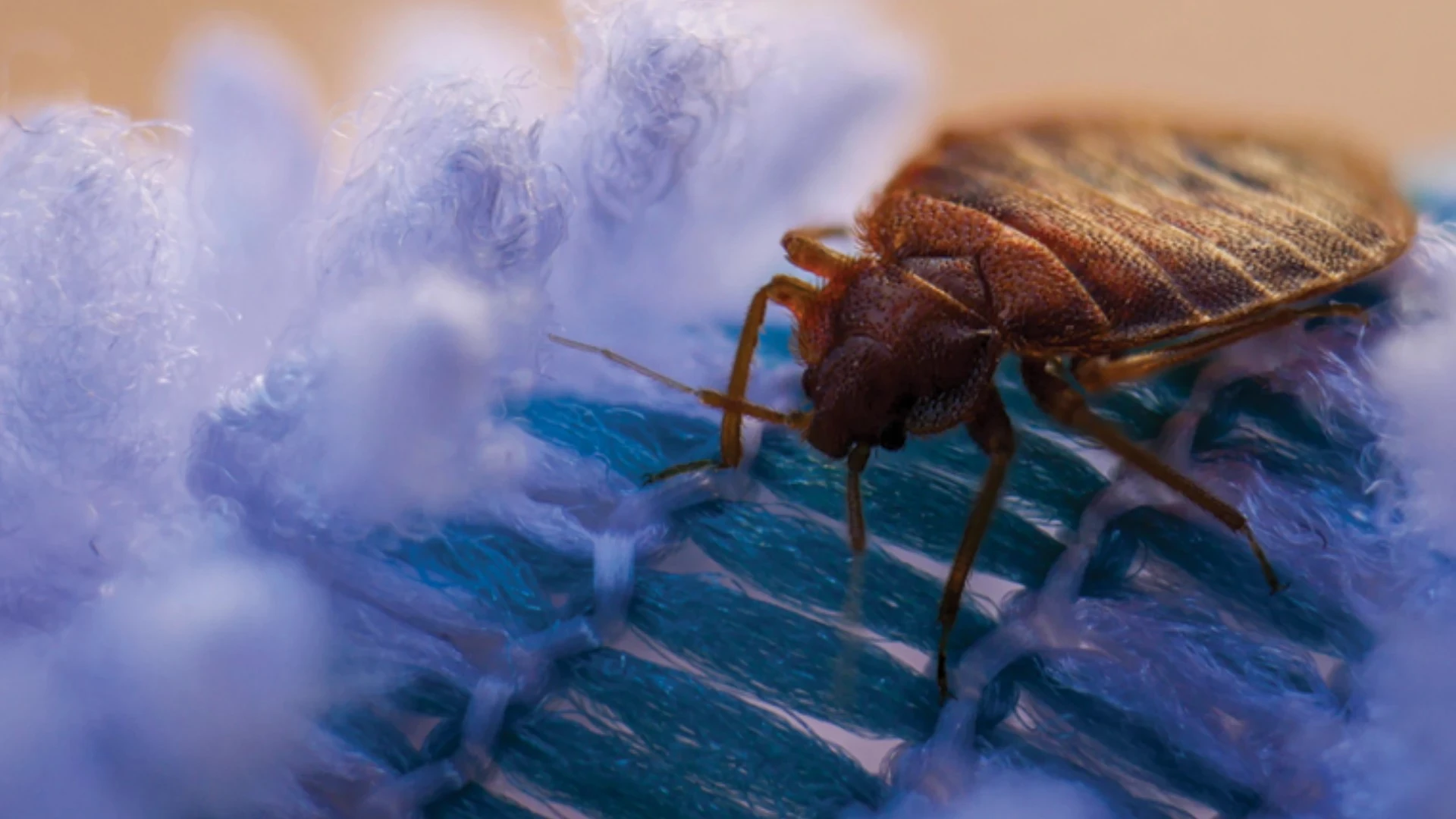Dan Stout would be smiling if he were holding this month’s issue of PCT magazine in his hands, and not because of the witty illustration that graces our January cover, although given his well-known sense of humor he certainly would have enjoyed it. No, the former vice-president of technical development for Whitmire Micro-Gen Research Laboratories — who passed away in 2001 after a distinguished pest control career that spanned more than three decades — would be smiling because he played a key role in this month’s cover story, and Dan always liked to be in the middle of cutting-edge industry issues. Let me explain.
The PCT staff first became aware of the issue of bait aversion at a "Cracker Barrel" session held at the 14th Whitmire Micro-Gen Institute of Technology last fall, an event pioneered by Dan Stout. At that session, PCOs from New York and several other states described pockets of cockroaches that were no longer succumbing to gel baits, a technology that had transformed the roach control market since being introduced in the mid-1990s. Although certainly not a widespread problem in all of their accounts, the PCOs in attendance found the behavior puzzling and worried that it could be a precursor to a potentially larger problem somewhere down the road. It was the kind of "mystery" Dan Stout, a devoted scientist with an incredibly agile and inquisitive mind, would have loved.
So the staff of PCT set out to shed some light on the mystery. We spoke with pest management professionals who had witnessed the problem first hand, university researchers from throughout the country and members of the manufacturing community. During our investigation we learned that Bayer Environmental Science has been working with Orkin Pest Control and several other pest control companies throughout the country to collect so-called "bait-averse" roaches from a variety of accounts. "What we’ve learned from several years of research is that these problem roaches eat less and mature more slowly," says Don Lesiewicz, passive treatment specialist for Bayer Environmental Science. "In addition, our studies indicate that they pass on the bait-averse characteristics to their offspring, which would indicate it’s genetic-based."
It’s an intriguing story, but one with a conclusion that is yet to be written. Bayer and others conducting research in this area should be commended for investing the necessary financial resources to pro-actively address the problem, even though — as stated previously — it’s relatively limited in scope. "It’s not widespread," says Frank Meek, national pest control technical manager for Orkin Pest Control. "You can’t say that every customer we’ve baited has this problem." Nonetheless, it’s an issue worth investigating further given its long-term potential for disrupting the industry’s control efforts. By all accounts, a solution to the problem isn’t too far off, but PCOs will have to be patient a bit longer as industry researchers continue to do what they do best, solve mysteries. If he were alive today, Dan Stout would approve...and undoubtedly be smiling.
The author is publisher of PCT magazine and can be reached at dmoreland@pctonline.com

Explore the January 2003 Issue
Check out more from this issue and find your next story to read.
Latest from Pest Control Technology
- Rentokil Terminix Expanded in Key Markets with 2024 Acquisitions
- In Memoriam: Joe Cavender
- Certus Acquires Green Wave Pest Solutions
- Liphatech Adds Alex Blahnik to Technical Team
- Do the Right Sting: Stinging Insect Identification, Management, and Safety
- VAGA's 8th Annual Veterans Thanksgiving Appreciation Dinner
- Clark's Blair Smith on the Response to Increased Dengue Fever Cases in Southern California
- WSDA, USDA Announce Eradication of Northern Giant Hornet from U.S.





